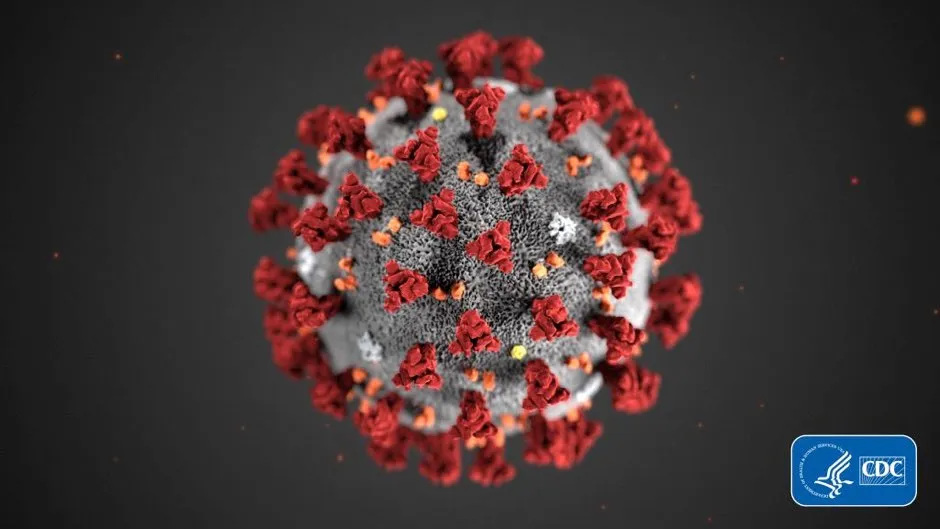- Researchers in China have identified two strains of coronavirus in humans.
- Frequency of more aggressive 'L type' strain decreasing, which researchers attribute to human intervention.
- There is "no sign" that discovery will affect vaccination strategies.
Scientists in China claim to have identified two main strains of the coronavirus that is circulating in humans, indicating that the virus is mutating.
Researchers at Peking University’s School of Life Sciences and the Institute Pasteur of Shanghai say the COVID-19 virus, which has since been renamed SARS-CoV2, has evolved into two major lineages, known as “L” and “S” types.
The newer and more aggressive L type strain accounted for about 70 per cent of the analysed cases, the researchers said, while the rest were linked to the older S type version.

The L type strain was found to be prevalent in the early stages of the outbreak in Wuhan, the Chinese city where COVID-19 was first detected late last year.
But its frequency decreased from early January, which the researchers attributed to human intervention.
The S type strain, meanwhile, is continuing to infect new patients, which experts believe could be because it is less severe, meaning people carry it for longer before going to the hospital, increasing the risk of it passing it on.
Read more about viruses:
- How do scientists develop vaccines for new viruses?
- How do viruses jump from animals to humans?
- How do viruses make us ill?
Writing in the journal National Science Review, the researchers said: “These findings strongly support an urgent need for further immediate, comprehensive studies that combine genomic data, epidemiological data, and chart records of the clinical symptoms of patients with coronavirus disease 2019 (COVID-19).”
But experts not directly involved in the study said that while the findings were interesting, it is too early to draw conclusions from the preliminary research.
Commenting on the research, Dr Michael Skinner, reader in virology at the Imperial College London, said it was too early to speculate on any practical consequences based on what he called an “interesting observation”.
He added: “At the moment there’s no sign that it will affect vaccination strategies, as (unless I’m mistaken) the mutations don’t seem to have affected the sequence of the S1 spike protein which is the antigen most people are targeting for vaccine production.”
Reader Q&A: How long can a virus live outside a body?
Asked by: Chaudhary Nikul, India
Viruses can live for a surprisingly long time outside of a body, depending on conditions such as moisture and temperature. They tend to live longer on water-resistant surfaces, such as stainless steel and plastics.
A cold virus can sometimes survive on indoor surfaces for several days, although its ability to cause infection drops dramatically over time.
Flu viruses can survive in the air for several hours, especially at lower temperatures, and on hard surfaces they can survive and remain infectious for 24 hours.
Enteric viruses, such as norovirus and hepatitis A, can survive for weeks on a surface if conditions are suitable. The norovirus is known for causing sickness outbreaks in schools, cruise ships and hospitals.
Read more:
